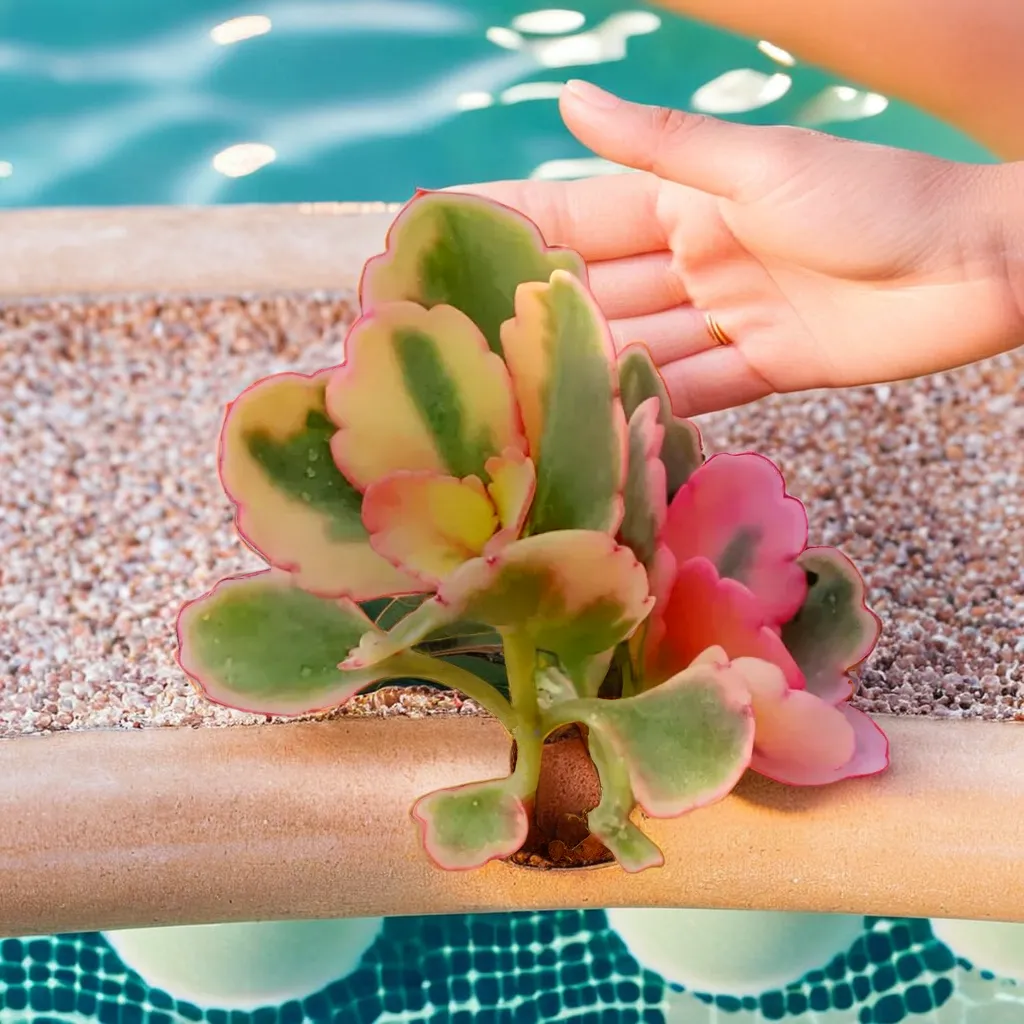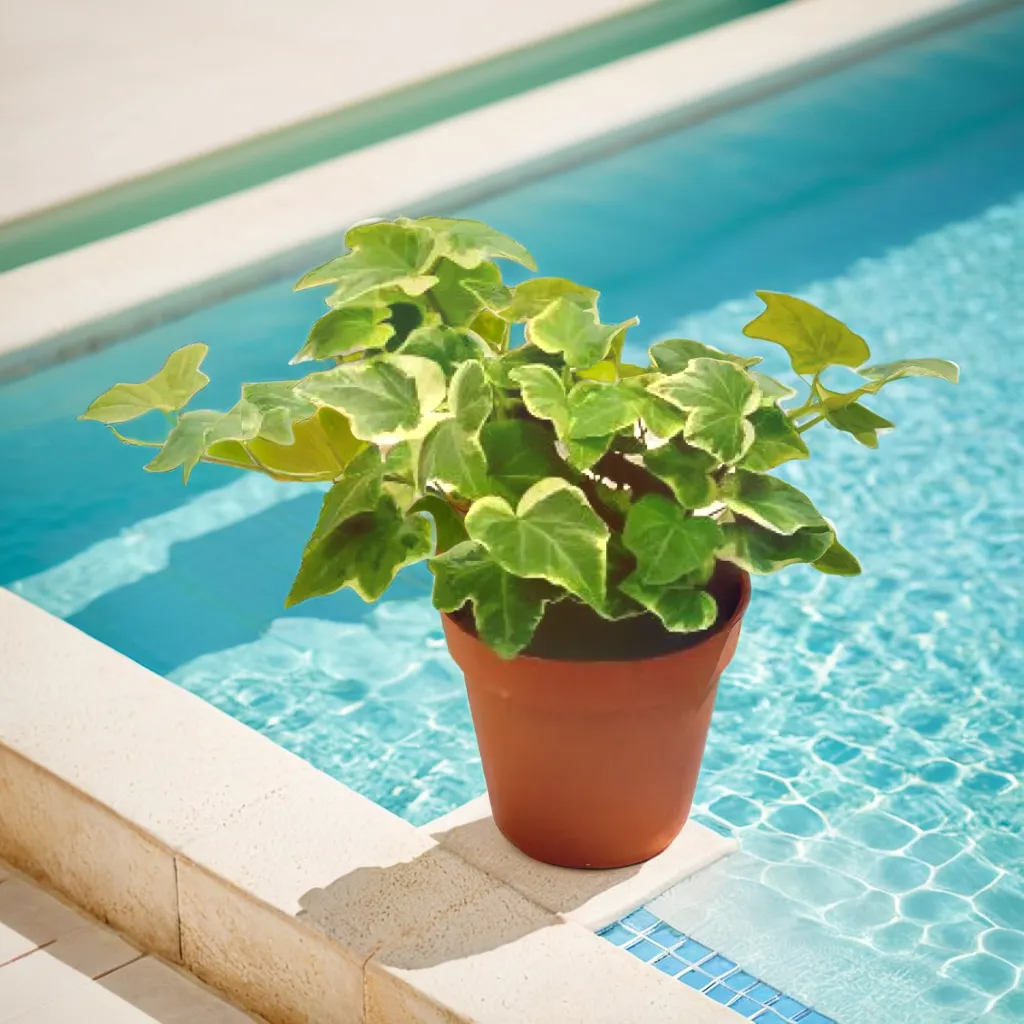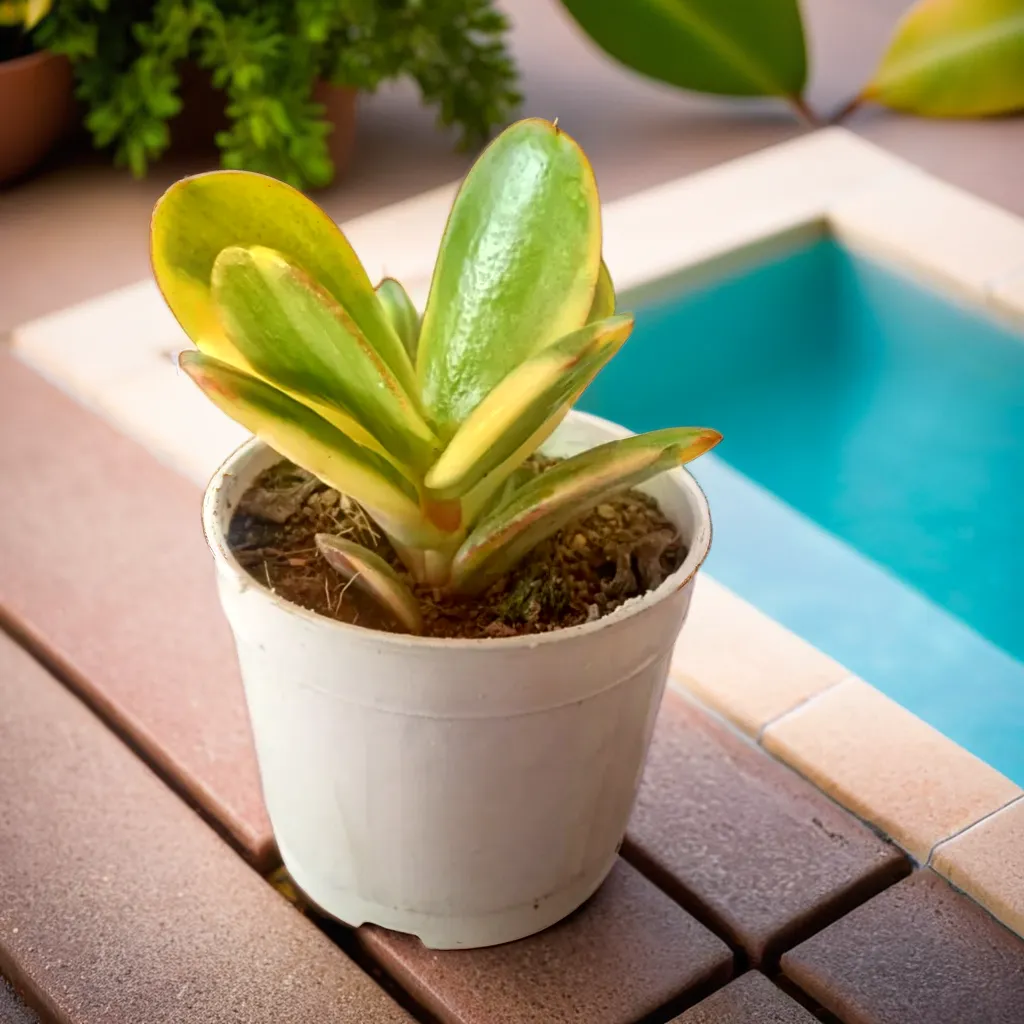Description
Sedum grasses, also known as stonecrop, are a diverse group of succulent plants with varying growth habits, including low-growing groundcovers and tall, upright varieties.
how to grow and care for Sedum grasses :
- Light requirements: Most Sedum grasses thrive in full sun to partial shade. They generally require at least 4-6 hours of direct sunlight per day. Ensure they receive enough sunlight to maintain their vibrant colors and compact growth. However, some varieties can tolerate partial shade and are more suitable for shadier areas.
- Temperature and humidity: Sedum grasses are typically adaptable to various temperature ranges. Most varieties can tolerate both hot and cold climates, but it’s best to check the specific requirements of the variety you have. They are generally low-maintenance and do not require high humidity levels.
- Soil and potting: Sedum grasses prefer well-draining soil. Use a mixture of regular potting soil and perlite or coarse sand to improve drainage. If planting in the ground, ensure the soil is loose and well-draining. Sedums are well-suited to rocky or sandy soils.
- Watering: Sedum grasses are drought-tolerant and prefer infrequent watering. Allow the soil to dry out completely between waterings. Water deeply and thoroughly when you do water, ensuring the water reaches the roots. During the active growing season (spring and summer), water sparingly, approximately once every two weeks. Reduce watering frequency in the winter months when the plants go into dormancy.
- Fertilization: Sedum grasses generally do not require frequent fertilization. They can thrive in nutrient-poor soils. However, if you want to provide some additional nutrients, you can use a balanced, water-soluble fertilizer formulated for succulents or cacti. Apply the fertilizer sparingly during the active growing season, following the manufacturer’s instructions.
- Propagation: Sedum grasses can be propagated through stem cuttings or division. Stem cuttings can be taken by snipping off healthy stems, allowing them to dry and callus, and then planting them in well-draining soil. Division involves separating the plants into smaller sections and replanting them. Both methods can be successful in propagating Sedum grasses.
- Pruning and grooming: Sedum grasses generally do not require extensive pruning. However, you can trim back any leggy or overgrown stems to maintain a more compact and tidy appearance. Pruning can also be done to remove dead or damaged leaves or stems. Trim the plants in early spring before new growth begins.
- Pests and diseases: Sedum grasses are generally resistant to pests and diseases. However, they can occasionally be susceptible to mealybugs or aphids. Regularly inspect the plants for any signs of infestation, such as sticky residue or visible pests. If pests are present, treat them with insecticidal soap or use a cotton swab dipped in rubbing alcohol to remove them.
Remember to select the specific Sedum grass variety that suits your climate, light conditions, and preferences. By following these general care guidelines, you can enjoy the beauty and resilience of Sedum grasses as they grow and fill your garden with their charming foliage and flowers.
You can also visit our store to buy succulents online , buy succulent planters, buy fertilizers online with various types of indoor plants and hardy succulents . You can refer to our informational site for more details about plant varieties.Click here for agricultural knowledge information.






